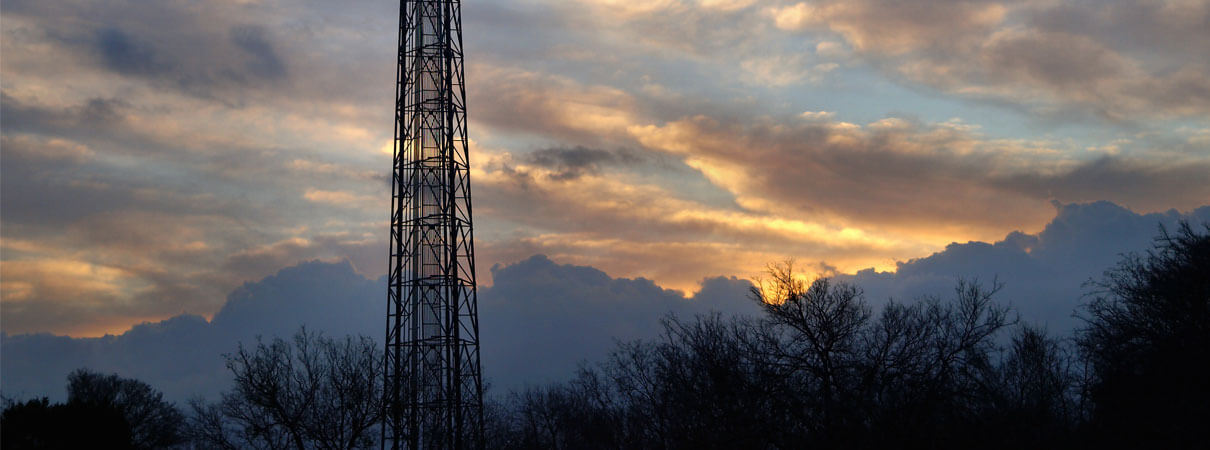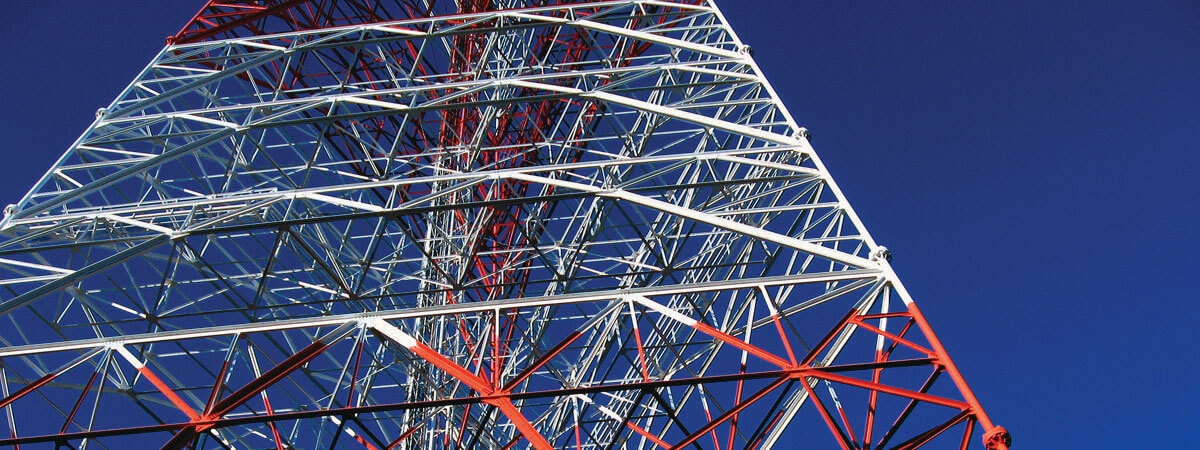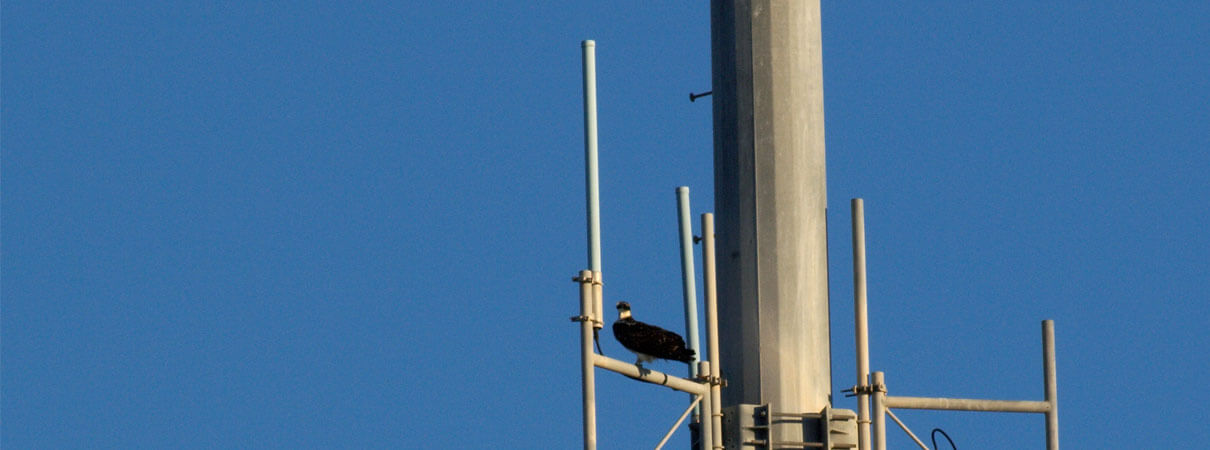Bird enthusiasts can play an active role in reducing communications tower collisions by urging tower owners and operators to turn off their steady-burning lights. This simple improvement will make communication towers more bird-friendly while reducing operating costs. It is worth the effort: Every tower made safer now will benefit birds for years to come. (Photo: Anne Worner/Flickr)

Not all communications towers pose equal threats to birds, and basic changes to the most dangerous towers can greatly reduce tower collisions and bird deaths. Those most in need of improvements include:
The FAA has found that flashing lights on communication towers do not pose a safety danger for aviators. Accordingly, the agency released an Advisory Circular requiring that new towers greater than 150 feet tall be lit with flashing lights. Unfortunately, existing towers are still allowed to use nonflashing lights.
Everyone has something to gain by turning off steady-burning lights. And the tower industry has generally been supportive of this option, recognizing that flashing lights reduce operating and maintenance costs. The win-win aspect of this opportunity is an important point to emphasize when interacting with the communication tower officials.

The Songbird Saver app developed by Celiron Labs allows users on mobile devices and desktops to quickly find towers that need to change their lights and contact tower operators. To get started, visit songbirdsaver.org. Please send printed letters to ensure your letter is received. There are numerous outdated email addresses in the FCC database that we are working to update, but meanwhile, sending letters is the best option.
The Songbird Saver App includes a template letter that can be used to help craft messages to the tower owners in your area. See sample letter.
You can follow up on your letter by contacting the tower engineer who will be most familiar with individual towers and is responsible for their marking and lighting. If a phone call does not suffice, consider a face-to-face meeting as these are typically most effective. Always remember to be respectful and positive in your interactions. (Photo: Terry Ross/Flickr)

Do not hesitate to follow up with the tower owner after your initial meeting to check on progress. This is especially important if progress is not obvious. During interactions, it is also important to mention that bird-friendly changes provide an opportunity to generate positive media attention for tower operators and affiliate stations.
Tracking Progress: The Songbird Saver website also provides a reporting feature enabling you to inform us which towers have been contacted and the response, if any, received from the tower owner.
Check out our online resources to learn more about how you can create a safer environment for birds by reducing communication tower collisions and fatalities.